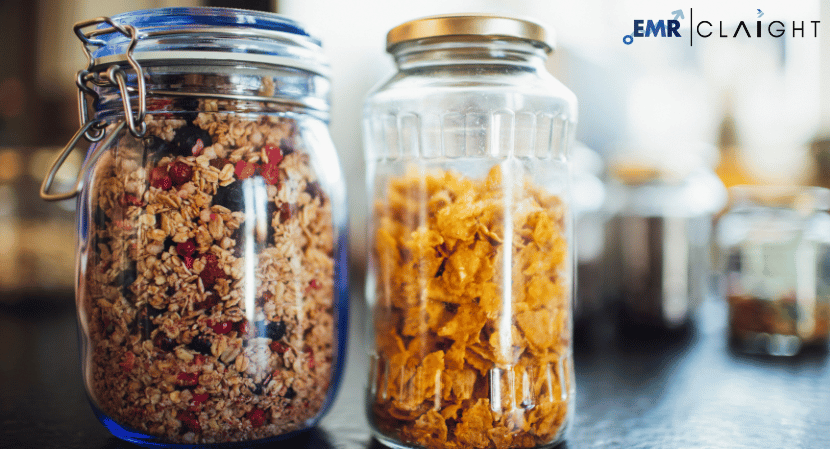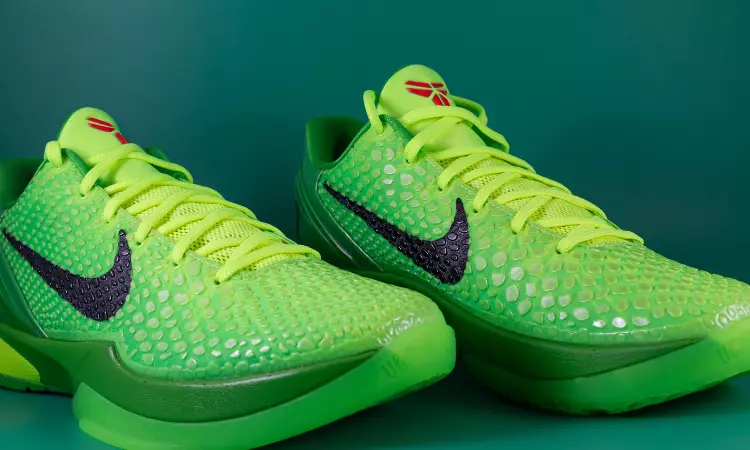Glass Packaging Market Outlook
According to the report by Expert Market Research (EMR), the global glass packaging market size attained a value of approximately USD 68.49 billion in 2023. Aided by the increasing consumer preference for sustainable and eco-friendly packaging solutions, the market is projected to grow at a CAGR of 4.4% during 2024-2032 to reach a value of around USD 100.86 billion by 2032.
Glass packaging refers to the use of glass containers for the storage, protection, and distribution of various products, including food and beverages, pharmaceuticals, cosmetics, and more. Glass is a preferred material for packaging due to its unique properties, which include being non-reactive, transparent, and recyclable.
Get a Free Sample Report with Table of Contents@https://www.expertmarketresearch.com/reports/glass-packaging-market/requestsample
The global glass packaging market has been experiencing substantial growth, driven by increasing consumer preference for sustainable and eco-friendly packaging solutions, advancements in glass manufacturing technologies, and the rising demand for glass packaging across various end-use industries such as food and beverage, pharmaceuticals, and personal care. Several key trends are shaping the landscape of this market, reflecting evolving consumer behaviours, technological innovations, and regulatory frameworks aimed at environmental sustainability.
One of the most prominent glass packaging market trends is the growing consumer awareness and preference for sustainable packaging solutions. Glass, being 100% recyclable and capable of infinite recycling without loss of quality or purity, is viewed as an environmentally friendly packaging material. As global concerns about plastic waste and its environmental impact escalate, consumers and businesses are increasingly opting for glass packaging to reduce their carbon footprint. This shift is particularly evident in the food and beverage industry, where brands are rebranding and repositioning their products in glass bottles and jars to appeal to eco-conscious consumers. The premium perception associated with glass packaging also adds to its appeal, making it a preferred choice for high-end and artisanal products.
The food and beverage sector remains the dominant end user in the glass packaging market, driven by the demand for products such as beverages, sauces, jams, and dairy products. Within this sector, the alcoholic beverages segment, including beer, wine, and spirits, is a significant contributor to the market growth. Glass bottles are favoured for their ability to preserve the taste and quality of beverages, offering an impermeable barrier to oxygen and other external contaminants. Additionally, the aesthetic appeal of glass packaging enhances product differentiation and brand image, which is crucial in the competitive beverage market.
The pharmaceutical industry is another key driver aiding the glass packaging market expansion. Glass is widely used for packaging pharmaceutical products due to its inert nature, which ensures that there is no interaction between the packaging material and the contents, thereby maintaining the integrity and efficacy of the medications. The rising demand for injectable drugs, vaccines, and biologics, particularly in the wake of the COVID-19 pandemic, has further propelled the need for high-quality glass vials and ampoules. Moreover, stringent regulatory standards and guidelines for pharmaceutical packaging are reinforcing the adoption of glass packaging to ensure safety and compliance.
Technological advancements in glass manufacturing are also significantly impacting the global glass packaging market value. Innovations in glass production processes, such as lightweight technology, have led to the development of thinner yet stronger glass containers. These advancements reduce material usage and transportation costs while maintaining the durability and protective properties of glass. Additionally, advancements in digital printing and decoration techniques allow for greater customisation and aesthetic enhancements, enabling brands to create unique and visually appealing packaging designs. The integration of smart technologies, such as QR codes and NFC tags, into glass packaging, is another emerging trend, offering consumers interactive and informative experiences while enhancing brand engagement.
The trend towards premiumisation in the personal care and cosmetics industry is further driving the glass packaging market development. High-end cosmetic brands are increasingly using glass containers for perfumes, skincare products, and makeup items to convey a sense of luxury and sophistication. The transparency and clarity of the glass also allow consumers to see the product inside, enhancing the overall appeal and trust in the brand. The shift towards natural and organic beauty products is aligned with the use of glass packaging, as it complements the eco-friendly and high-quality image that these brands aim to project.
Read Full Report with Table of Contents@https://www.expertmarketresearch.com/reports/glass-packaging-market
Geographically, the glass packaging market is witnessing significant growth across various regions. Europe and North America have traditionally been dominant markets, driven by strong environmental regulations, high consumer awareness, and a robust food and beverage industry. However, the Asia Pacific is emerging as a lucrative market for glass packaging, fuelled by rapid urbanisation, increasing disposable incomes, and the growing popularity of premium products. Countries such as China, India, and Japan are witnessing substantial investments in glass manufacturing facilities and an expanding consumer base that values sustainability and quality.
The regulatory environment plays a crucial role in shaping the glass packaging market expansion. Governments and regulatory bodies worldwide are implementing stringent policies and initiatives to promote sustainable packaging and reduce plastic waste. These regulations are encouraging the adoption of glass packaging across various industries. For instance, the European Union’s directive on single-use plastics and initiatives promoting a circular economy are driving the shift towards recyclable and reusable packaging materials like glass.
The COVID-19 pandemic has had a mixed impact on the glass packaging market. On one hand, the pandemic led to a surge in demand for pharmaceutical glass packaging due to the increased production of vaccines and medical supplies. On the other hand, disruptions in supply chains and manufacturing activities posed challenges for the market. However, the overall impact has underscored the resilience and importance of glass packaging in critical sectors, reinforcing its position as a reliable and essential packaging solution.
Market Segmentation
The global glass packaging market can be divided based on application, glass type, product, and region.
Market Breakup by Application
- Alcoholic Beverage
- Food and Beverage
- Pharmaceuticals
- Household and Personal Care
- Others
Market Breakup by Glass Type
- Borosilicate Glass
- De-Alkalized Soda Lime Glass
- Soda Lime Glass
Market Breakup by Product
- Bottles
- Jars
- Others
Market Breakup by Region
- North America
- Europe
- Asia Pacific
- Latin America
- Middle East and Africa
Competitive Landscape
The EMR report looks into the market shares, plant turnarounds, capacities, investments, and mergers and acquisitions, among other major developments, of the leading companies operating in the global glass packaging market. Some of the major players explored in the report by Expert Market Research are as follows:
- Ardagh Group S.A.
- Couronne Co., Inc.
- Nihon Yamamura Glass Co. Ltd.
- Koa Glass Co., Ltd.
- PGP Glass Private Limited
- The Dow Chemical Company
- O-I Glass, Inc
- Toyo Seikan Group Holdings Ltd,
- Gerresheimer AG
- HEINZ-GLAS GmbH & Co. KGaA
- Wiegand-Glas Holding GmbH
- Verallia Packaging
- Others
About Us
Acquire unparalleled access to critical industry insights with our comprehensive market research reports, meticulously prepared by a team of seasoned experts. These reports are designed to equip decision-makers with an in-depth understanding of prevailing market trends, competitive landscapes, and growth opportunities.
Our high-quality, data-driven analysis provides the essential framework for organisations seeking to make informed and strategic decisions in an increasingly complex and rapidly evolving business environment. By investing in our market research reports, you can ensure your organisation remains agile, proactive, and poised for success in today’s competitive market.
Don’t miss the opportunity to elevate your business intelligence and strengthen your strategic planning. Secure your organisation’s future success by acquiring one of our Expert Market Research reports today.
Media Contact:
Company Name: Claight Corporation
Contact Person: Eren smith, Corporate Sales Specialist – U.S.A.
Email: sales@expertmarketresearch.com
Toll Free Number: +1-415-325-5166 | +44-702-402-5790
Address: 30 North Gould Street, Sheridan, WY 82801, USA
Website: https://www.expertmarketresearch.com
Aus. Site: https://www.expertmarketresearch.com.au

